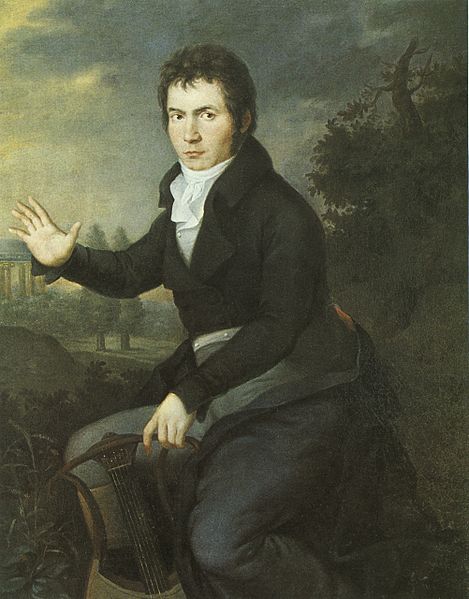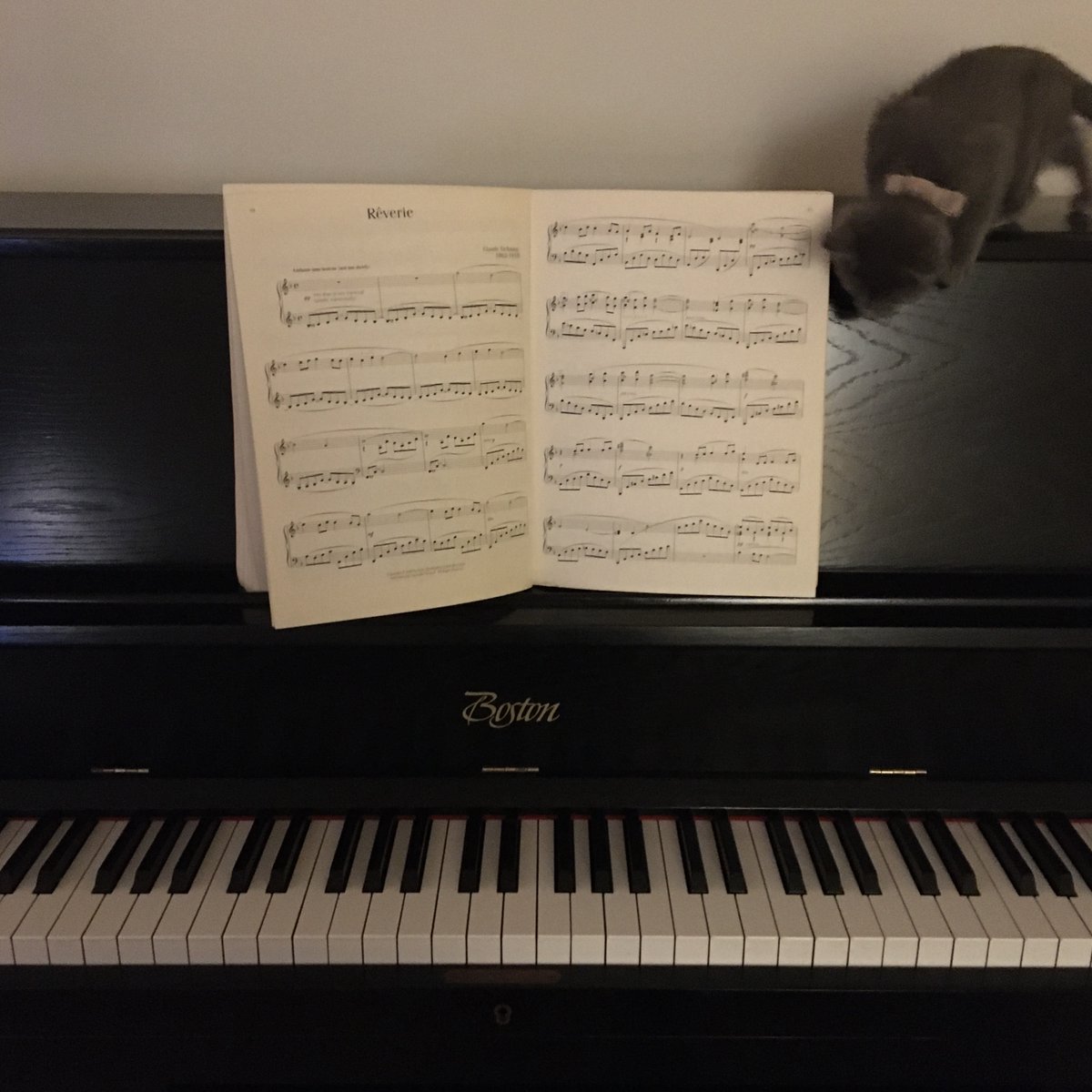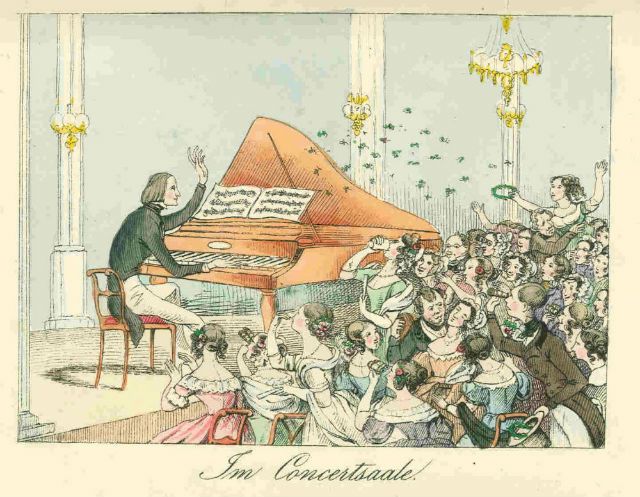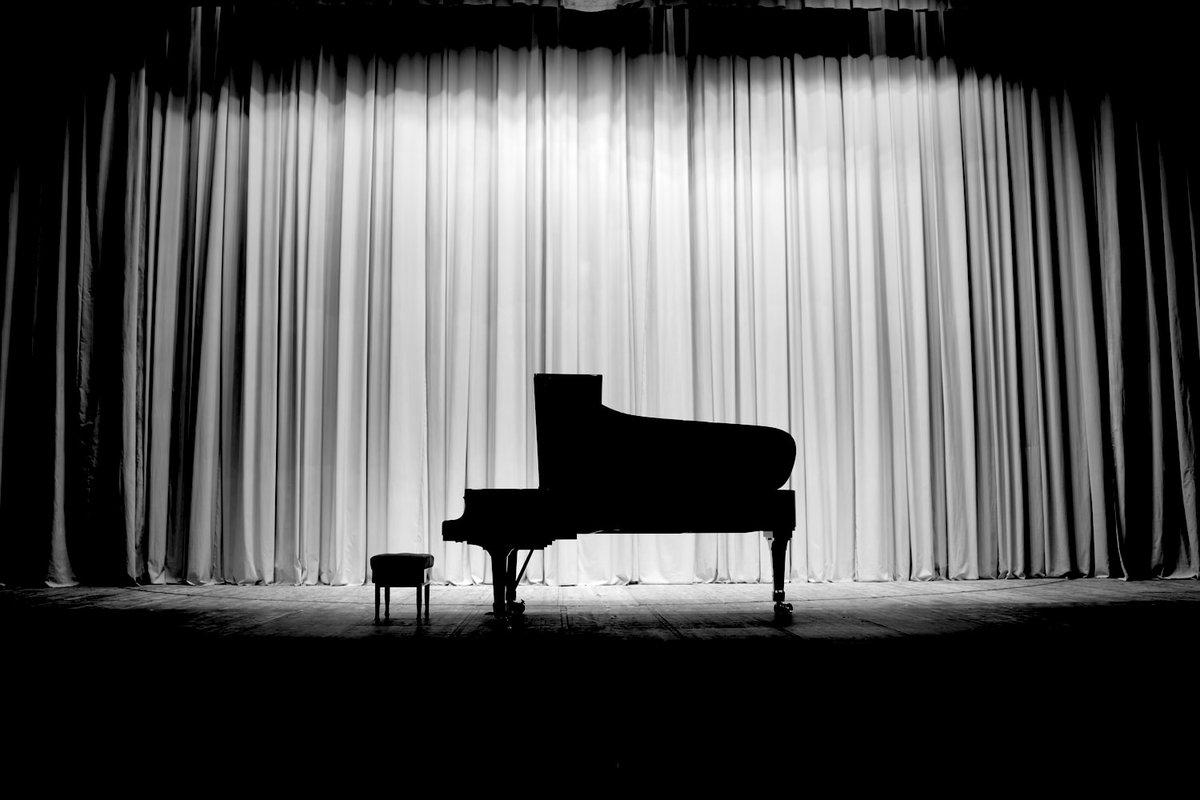
"Music, Sense and Nonsense: Collected Essays and Lectures", por Alfred Brendel.
Capítulo: “Performances, programmes, recording - Audacious Chamber Music I: Schubert’s String Quartet in G Major”
open.spotify.com/playlist/3M9qu…
#MusicSenseAndNonSense #SundayBlues
#TeamLimantour
Capítulo: “Performances, programmes, recording - Audacious Chamber Music I: Schubert’s String Quartet in G Major”
open.spotify.com/playlist/3M9qu…
#MusicSenseAndNonSense #SundayBlues
#TeamLimantour
Brendel inicia hablando de los orígenes del cuarteto de cuerdas. "We owe the genre, as we know it today, to an easily undervalued composer - Joseph Haydn (…) one can say without exaggeration that the string quartet, one of the most precious musical forms, was his creation”. 

Durante el siglo XVIII la música instrumental gradualmente superó en estima a la música vocal. Gracias a Haydn la forma y estilo del cuarteto de cuerdas quedaron establecidas a partir de 1750.
open.spotify.com/track/3gEhuBiX…
open.spotify.com/track/3gEhuBiX…
“The private character of music-making, the soloistic rendering of the instruments and the abandonment of continuo playing now enabled a discourse of four individual players(…) Haydn fifty-year-long involvement with the string quartet opened up a new world”. 

Los cuartetos Op. 18 de Beethoven muestran el caso excepcional de un joven compositor que sucedió enseguida al maestro con un nivel comparable. Mientras que Beethoven llegó a los cuartetos vía sonatas y tríos, Schubert los usó desde un inicio para expresar sus ideas orquestales. 

“Beethoven and Schubert’s quartets face each other well nigh independently. Both look far into the future, It seems to me that only the twentieth century would build on their audacity, with the quartets of Mendelssohn, Schumann and Brahms remaining in a kind of parenthesis”. 

Para Brendel, mientras que Beethoven es “el arquitecto”, Schubert “el sonámbulo”. En las formas de Beethoven nunca se pierde la orientación. Su música, en una serie de acortamientos y procesos de intensificación, siempre va hacia adelante.
open.spotify.com/track/78oFMCjL…
open.spotify.com/track/78oFMCjL…
Al lado de la concentración de Beethoven, Schubert parece un músico que se deja transportar “just a hair’s breadth from the abyss, not so much mastering life as being at its mercy”. Su estilo sonambulístico de trabajar se refleja en que en solo 32 años compuso casi mil obras. 

Para Brendel, Schubert quizás es entre los compositores el que más inmediatamente conmueve. Pero hay que tener cuidado con el prejuicio de que en Schubert todo es sentimiento. Hay una inteligencia autónoma musical y también una habilidad de conscientemente planear nuevas formas. 

La composición de los tres grandes cuartetos de Schubert en La menor, Re menor y Sol mayor, fue obviamente estimulada por el regreso del violinista Ignaz Schuppanzigh después de vivir años en el extranjero. Su cuarteto había sido de los principales intérpretes de Beethoven. 

Schubert dedicó el Cuarteto en La menor "Rosamunde" a Ignaz Schuppanzigh, quien lo estrenó en 1823. En 1850 el Cuarteto Hellmesberger interpretó el Cuarteto en Sol Mayor.
open.spotify.com/track/2zZ6PyAg…
open.spotify.com/track/2zZ6PyAg…
Para Brendel, uno de los sellos distintivos de Schubert son los movimientos de carácter macabro (“veritable dances of death”). Los encontramos tanto en el Cuarteto en Re Menor como en dos de sus sonatas para piano.
open.spotify.com/track/68yFJZVH…
open.spotify.com/track/68yFJZVH…
En el Cuarteto en Sol mayor el final es fantasmagórico de una manera distinta. El movimiento está en una tonalidad mayor, pero constantemente es atacado por una menor. La tonalidad menor parece representar la realidad y la mayor una añoranza de felicidad o paz en la muerte. 

“We can see Schubert as lyricist, epic poet, and dramatist (..) I would now like to add the expressionist. In the slow movement of the G major Quartet (II 43-60), as in the Andantino of the great A major Sonata, conscience becomes shattered.”
open.spotify.com/track/0OI0HrHp…
open.spotify.com/track/0OI0HrHp…
El primer movimiento del Cuarteto en Sol mayor está marcado como Allegro molto moderato. El moderato se refiere al tempo y no al temperamento: “in this movement extreme intellectual and emotional tensions counterbalance each other”.
open.spotify.com/track/3O7hLLa1…
open.spotify.com/track/3O7hLLa1…
El segundo movimiento (Andante poco mosso) tiene un carácter lírico: “The cello has wonderful things to tell. On the other hand, the various episodes of this fondo fill us, as we already know, with dread”.
open.spotify.com/track/6QoGpFYK…
open.spotify.com/track/6QoGpFYK…
Le sigue un Scherzo espectral “with the most loving and tender lullaby as its trio”. El final Allegro Assai es de una alegría grotesca y siniestra: “It contains a melody in C sharp minor that appears in pianississimo like a phantom”.
open.spotify.com/track/7a1H72kk…
open.spotify.com/track/7a1H72kk…
La grandeza del Cuarteto en Sol Mayor fue reconocida tardíamente. “Even Joseph Joachim, the supreme violinist, said as late as 1860 that, although he loved individual sections he found the work ‘immoderate and without feeling for beauty in its contrasts’”. 

Brendel concluye este capítulo con una frase de Friedrich Krummacher, que en su opinión engloba la música de cámara tardía de Schubert: “Perfection in antithesis”.
open.spotify.com/track/7GRCAeic…
open.spotify.com/track/7GRCAeic…
Para terminar, les dejo otro ejemplo de música de cámara tardía de Schubert, el Trío para piano No. 2. Kubrick utiliza el 2o movimiento para esta escena de la película Barry Lyndon, para mí una de las escenas más bellas que se hayan filmado. Buenas noches
@threadreaderapp unroll
• • •
Missing some Tweet in this thread? You can try to
force a refresh














